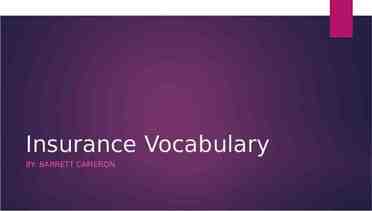CSCE 211: Digital Logic Design Chin-Tser Huang [email protected]
27 Slides8.41 MB

CSCE 211: Digital Logic Design Chin-Tser Huang [email protected] University of South Carolina

Chapter 1: Introduction

Digital Systems They are everywhere! They are usually binary: operating on two-valued signals Take an arbitrary number of inputs and produce an arbitrary number of outputs Some systems require a timing signal called clock 8/20/2009 3

8/20/2009 4

Examples A system with three inputs, A, B, and C, and one output Z, such that Z 1 if and only if two of the inputs are 1 A system with eight inputs, representing two 4-bit binary numbers, and one 5-bit output, representing the sum 8/20/2009 5

Examples A system with one input, A, plus a clock, and one output, Z, which is 1 iff the input was one at the last three consecutive clock times A traffic controller on two streets: the light is green on each street for a fixed period of time, then goes to yellow for another fixed period and finally to red. The only input to this system is the clock 8/20/2009 6

Truth Table Describe the behavior of a digital system in tabular form 8/20/2009 7

A Brief Review of Number Systems Integers are usually written using a positional number system N an-1rn-1 an-2rn-2 a2r2 a1r a0 where 0 ai r 8/20/2009 8

Conversion between Number Systems How to convert from binary to decimal? Evaluate the power series Example: 1010112 ? 8/20/2009 9

Conversion between Number Systems How to convert from decimal to binary? Two algorithms 1. 2. 8/20/2009 Repeatedly subtract from the number the largest power of 2 less than that number and put a 1 in corresponding position Repeatedly divide the number by 2 and put the remainder from right to left 10

8/20/2009 11

8/20/2009 12

Hexadecimal Radix r 16 Why use hexadecimal? Shorthand notation for binary Grouping 4 bits in binary to get 1 digit in hexadecimal 8/20/2009 13

Binary Addition 8/20/2009 14

One-bit Adder 8/20/2009 15

4-bit Adder 8/20/2009 16

Signed Numbers Signed-magnitude: human friendly, but causes complexity of arithmetic Two’s complement: store –a as the binary equivalent of 2n –a in an nbit system 8/20/2009 17

Two’s Complement An easier way to get two’s complement representation for a negative number 1. 2. 3. 8/20/2009 Find binary equivalent of the magnitude Complement each bit (change 0’s to 1’s, and change 1’s to 0’s) Add 1 18

Addition using Two’s Complement It’s simple! Do the binary addition as usual If there is a carry out of the most significant bit, just ignore it But watch out for overflow! Overflow occurs when the sum is out of range, which indicates an error 8/20/2009 19

8/20/2009 20

Binary Subtraction Subtraction can be accomplished by 1. 2. 8/20/2009 Taking the two’s complement of second operand Adding the first operand and the two’s complement of second operand 21

Overflow in Binary Subtraction For unsigned numbers, overflow occurs when the second number is larger than the first number, and is indicated by a carry out of 0 For signed numbers, overflow may occur if we subtract a negative number from a positive one or subtract a positive number from negative one 8/20/2009 22

Binary Coded Decimal (BCD) Most computers operate on binary numbers However, for computers to interface with humans, the mode of communication is generally decimal Convert from decimal to binary on input Convert from binary to decimal on output But the decimal output still needs to be coded into binary, digit by digit 8/20/2009 23

Binary-Coded Decimal Codes 8/20/2009 24

Other Codes ASCII: used to transmit alphanumeric information Gray code: consecutive numbers differ in only one bit Particularly useful in coding the position of a continuous device and error detection 8/20/2009 25

8/20/2009 26

8/20/2009 27






